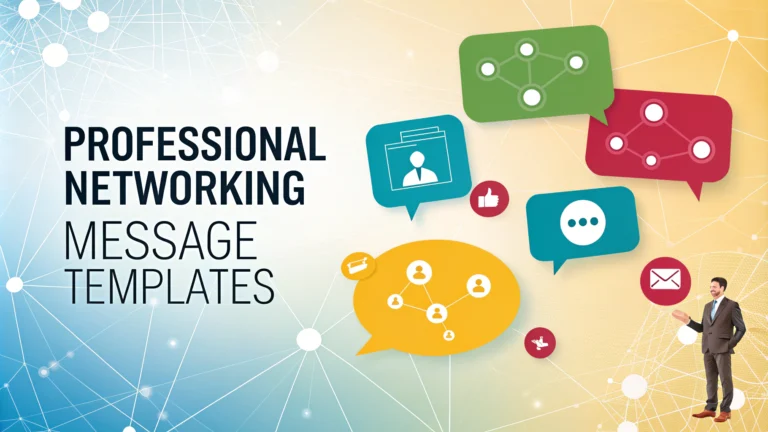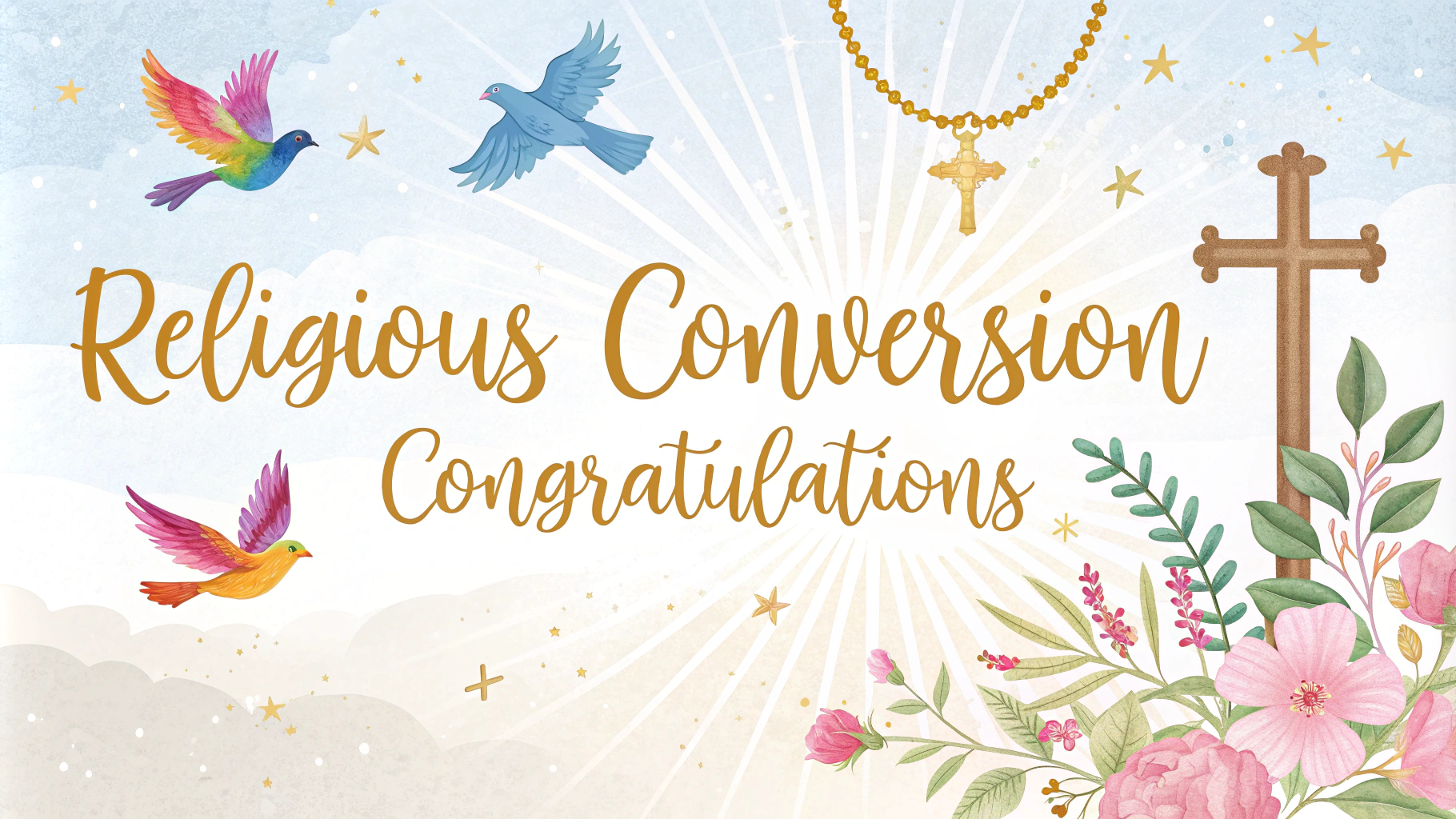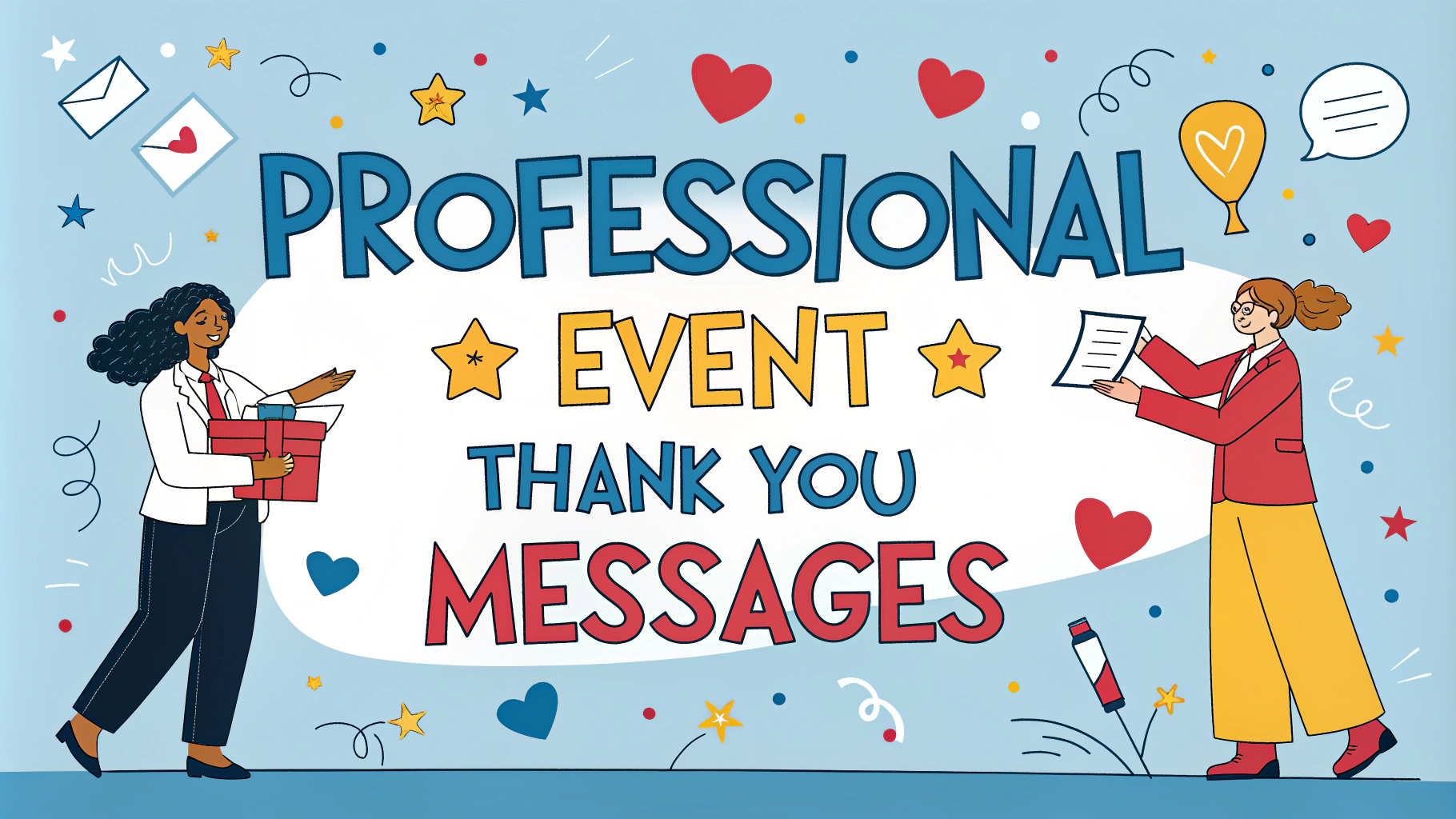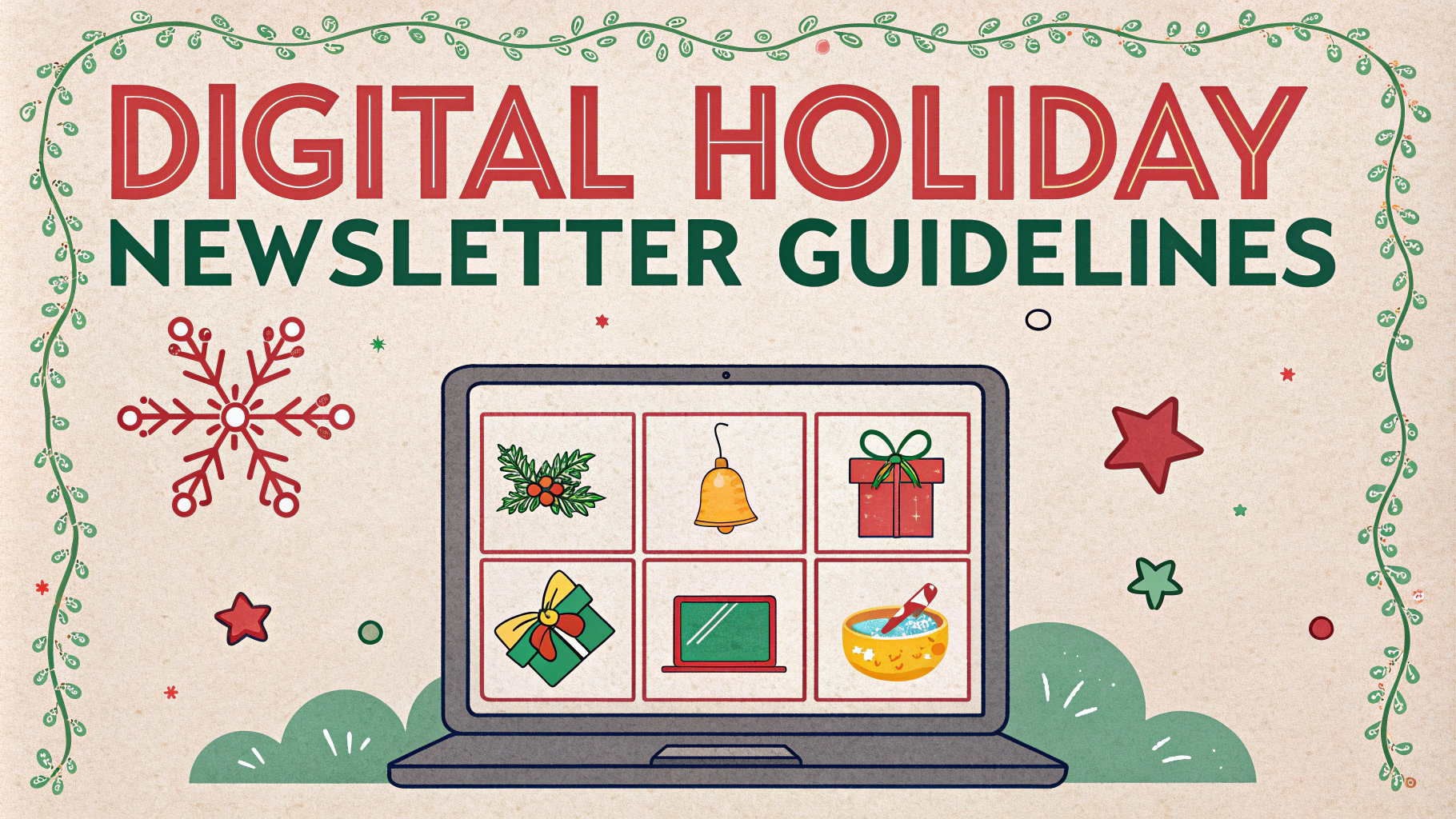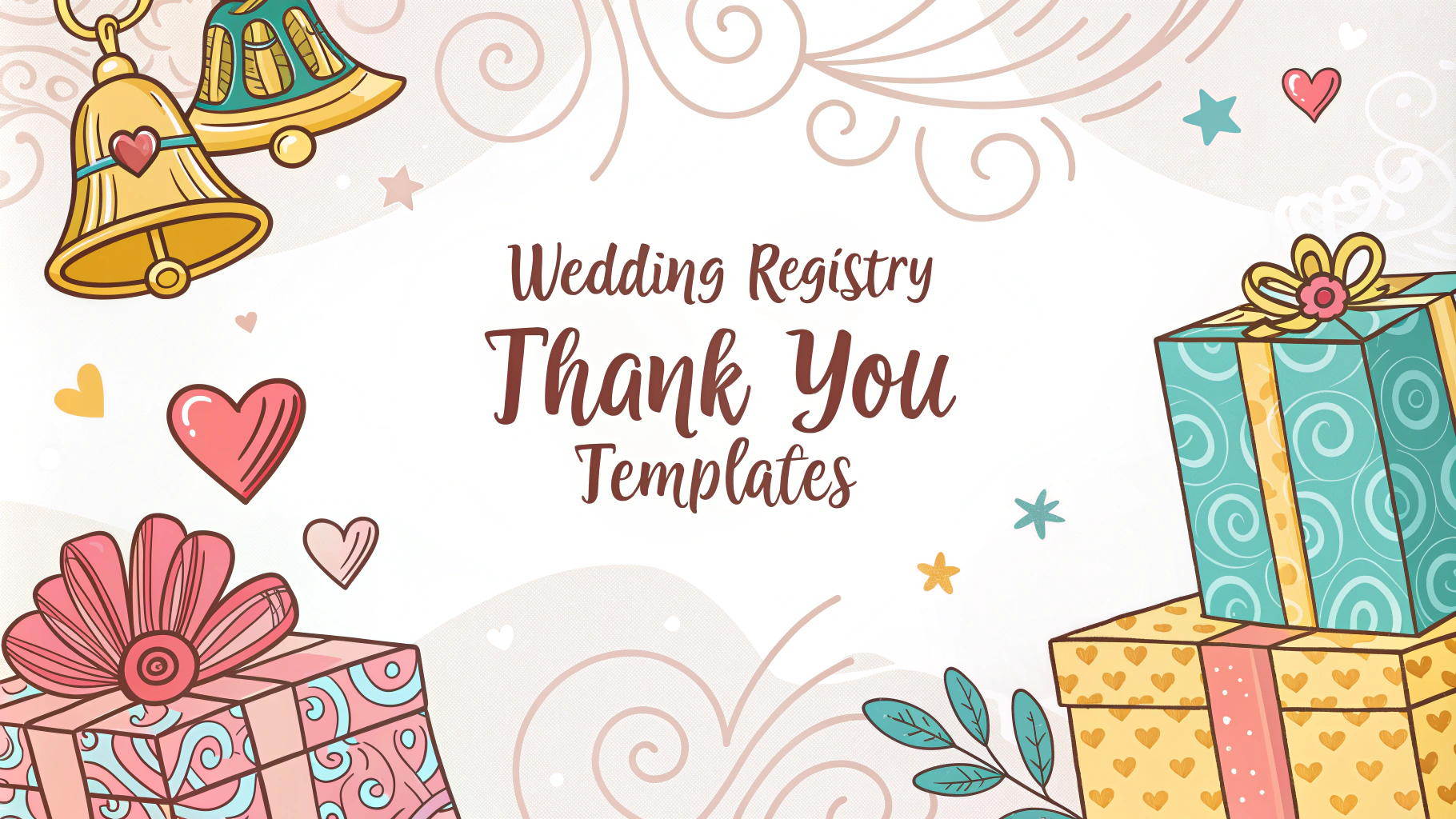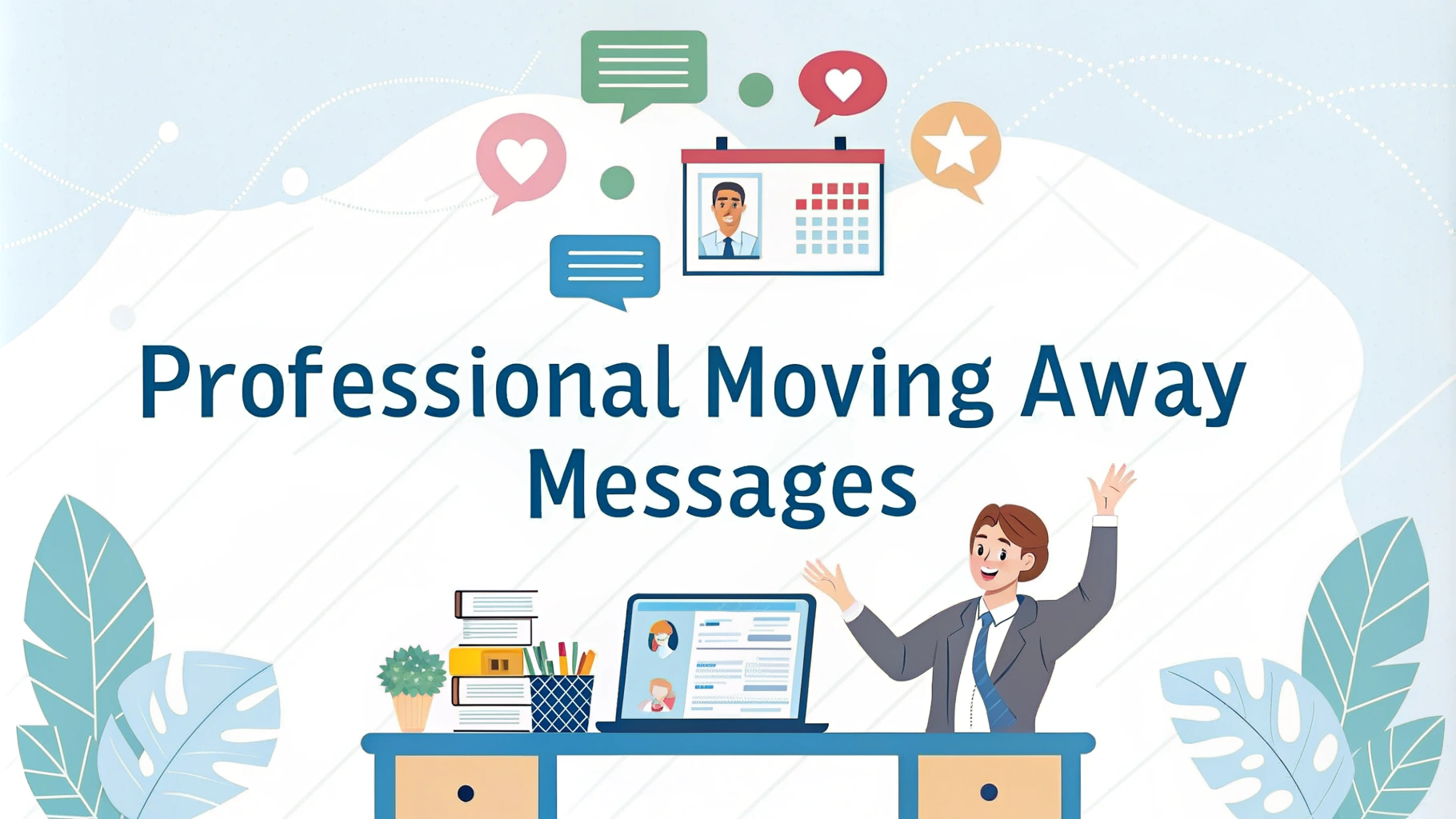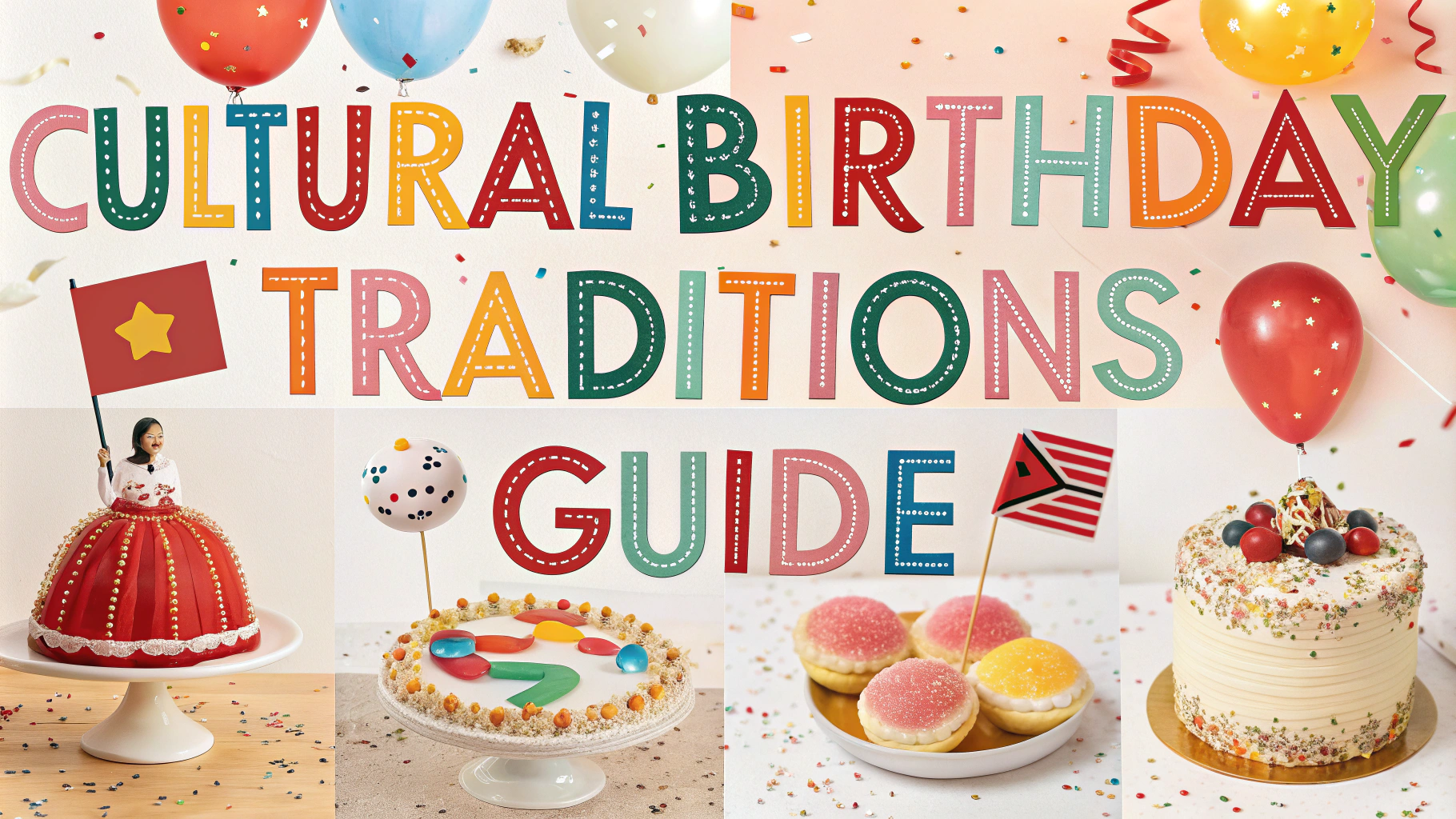Creating effective professional networking messages helps build meaningful connections and advance your career.
General Template Structure
A strong networking message follows this basic format:
- Brief introduction with mutual connection or context
- Clear purpose for reaching out
- Specific request or next steps
- Professional sign-off
Birthday Wishes Templates
Keep birthday messages warm yet professional:
“Wishing you a wonderful birthday, [Name]! Hope your day is filled with success and joy.”
“Happy birthday, [Name]! Your contributions to [industry/field] continue to inspire many of us.”
Work Anniversary Templates
Acknowledge professional milestones appropriately:
“Congratulations on [X] years at [Company], [Name]! Your dedication and expertise have made a real impact.”
“Celebrating your work anniversary, [Name]! Thanks for being an outstanding [role/profession].”
New Job Congratulations
Show support for career moves:
“Congratulations on your new role at [Company], [Name]! Looking forward to seeing your achievements.”
“Excited to hear about your new position as [Title]! Wishing you success in this next chapter.”
Holiday Greetings
Send seasonal wishes that maintain professionalism:
“Wishing you a peaceful holiday season and success in the coming year.”
“Happy holidays! Thank you for our continued professional relationship.”
Best Practices
- Personalize each message with specific details
- Keep messages concise (2-3 sentences maximum)
- Avoid overly casual language or emojis
- Proofread before sending
- Send during business hours
Follow-up Tips
- Wait 24-48 hours before sending reminders
- Reference previous messages or interactions
- Include clear call-to-action when needed
Remember to update your own LinkedIn profile before sending networking messages to make a strong first impression.
Timing Guidelines
| Occasion | Ideal Timing |
|---|---|
| Birthday wishes | Morning of the day |
| Work anniversaries | Within 24 hours |
| New job congratulations | Within 48 hours |
| Holiday greetings | 1-2 weeks before holiday |
Networking Message Examples
Customize these templates based on your relationship and context:
“I noticed your recent article on [topic]. Your insights align with my research in [field]. Would you be open to a brief discussion?”
“Our mutual connection [Name] suggested I reach out regarding [specific opportunity/topic]. I’d appreciate your perspective.”
Industry-Specific Considerations
Adapt your messaging style to your field:
- Tech: Focus on innovation and current projects
- Finance: Emphasize data and market insights
- Creative: Highlight portfolio work and collaborations
- Healthcare: Reference patient care and research advances
Cross-Platform Consistency
Maintain professional tone across different networks:
- LinkedIn: Most formal and business-focused
- Twitter: Brief but still professional
- Email: Structured and detailed when needed
Platform-Specific Tips
LinkedIn: Include mutual connections and shared interests
Email: Use clear subject lines and professional signatures
Industry platforms: Reference specific projects or publications
Measuring Engagement
Track networking success through:
- Response rates to initial messages
- Connection acceptance rates
- Follow-up conversation quality
- Meeting conversion rates
Conclusion
Effective professional networking messages require careful attention to timing, context, and relationship building. Success comes from authenticity, consistent follow-up, and maintaining professional standards across all communications. Regular practice and refinement of messaging techniques will strengthen your networking outcomes and career opportunities.
Remember to regularly review and update your networking strategy based on response patterns and changing industry norms. Keep messages personal, purposeful, and professional to build lasting professional relationships.
FAQs
1. What are the key elements of an effective professional networking message?
A personalized greeting, clear purpose, specific connection point, concise content, and professional closing with a clear call-to-action.
2. When is the best time to send professional networking wishes and greetings?
Business hours between Tuesday and Thursday, avoiding holidays, early mornings, or late evenings when professionals are less likely to engage.
3. How long should a professional networking message be?
2-3 short paragraphs maximum, typically between 50-200 words, keeping it concise and focused on the main point.
4. Should I include emojis in professional networking messages?
Generally avoid emojis in initial professional communications unless you know the industry culture accepts them or you have an established relationship.
5. What are appropriate occasions for sending professional greetings?
Work anniversaries, promotions, company milestones, professional achievements, holidays, new positions, and business partnerships.
6. How should I address someone I’ve never met in a networking message?
Use “Dear Mr./Ms. [Last Name]” for formal situations, or “Hi [First Name]” if the industry or platform (like LinkedIn) is more casual.
7. What’s the appropriate response time for networking messages?
Respond within 24-48 business hours to maintain professional courtesy and show respect for the sender’s time.
8. How can I politely follow up if I don’t receive a response?
Wait 5-7 business days before sending a single, brief follow-up message that references your previous communication.
9. What are common mistakes to avoid in professional greeting messages?
Generic templates, spelling errors, overwhelming length, pushy requests, inappropriate timing, and lack of personalization.
10. Should I customize messages for different professional platforms?
Yes, adjust formality and content based on platform: more formal for LinkedIn and email, slightly less formal for professional Twitter or industry-specific networks.
